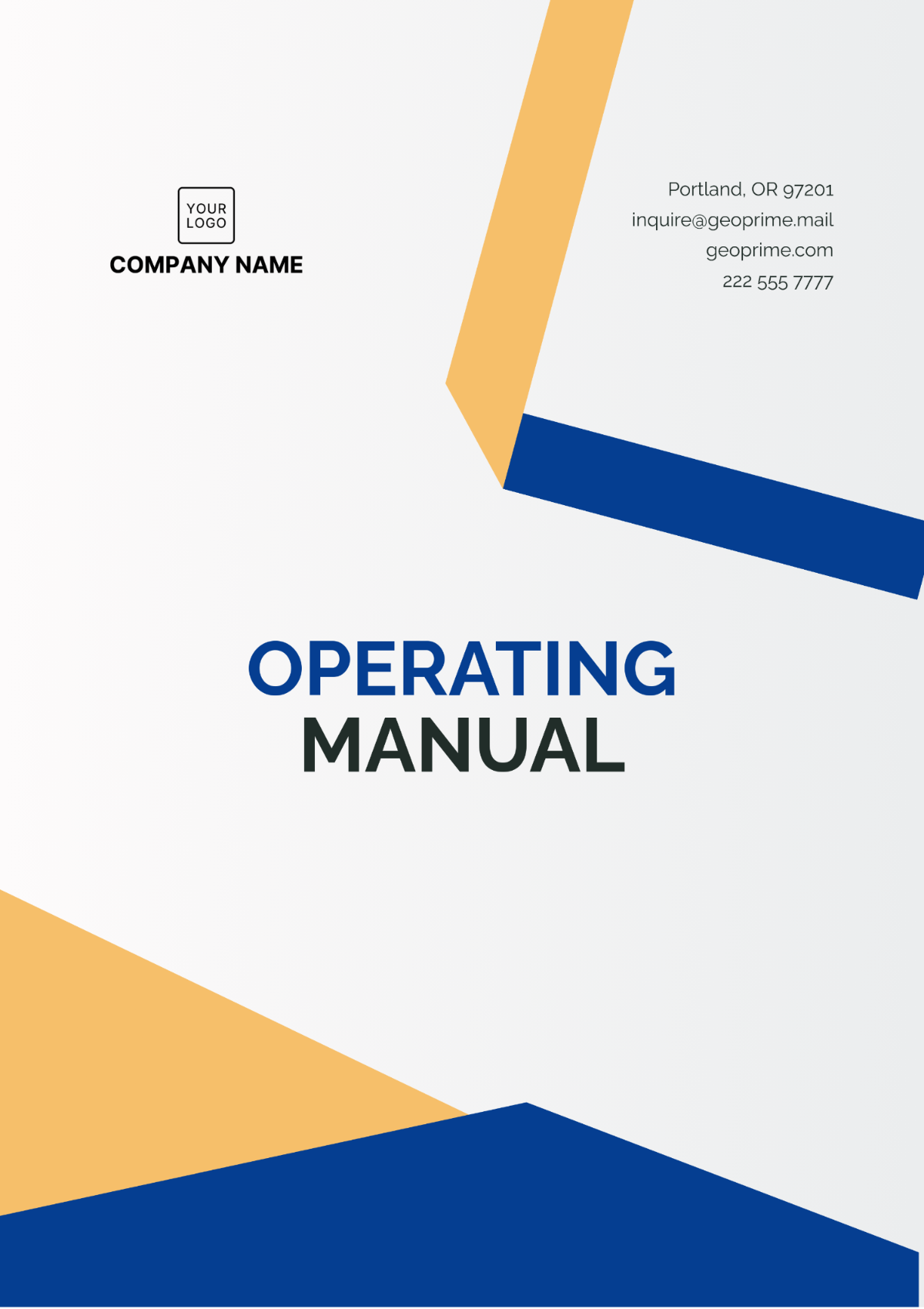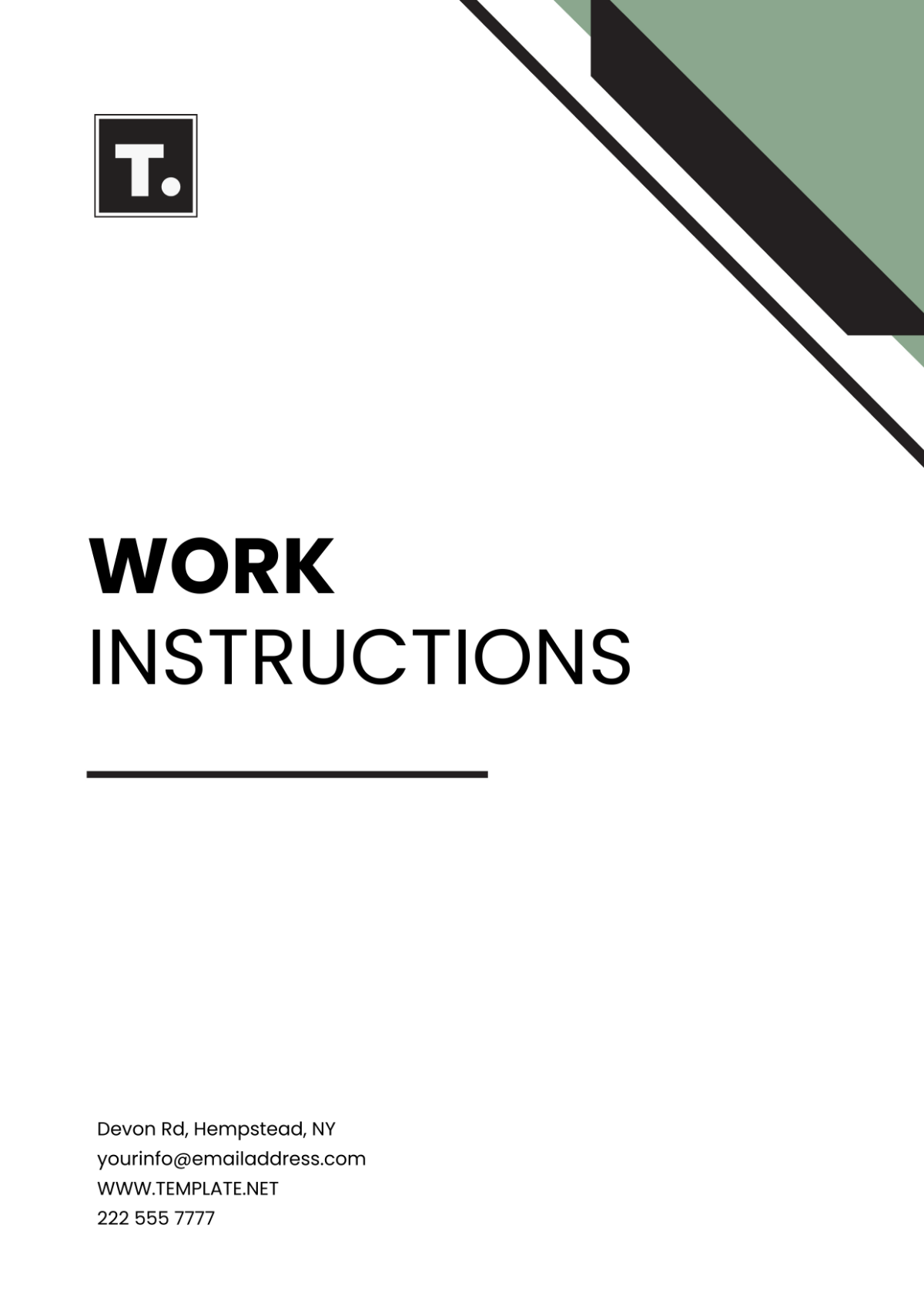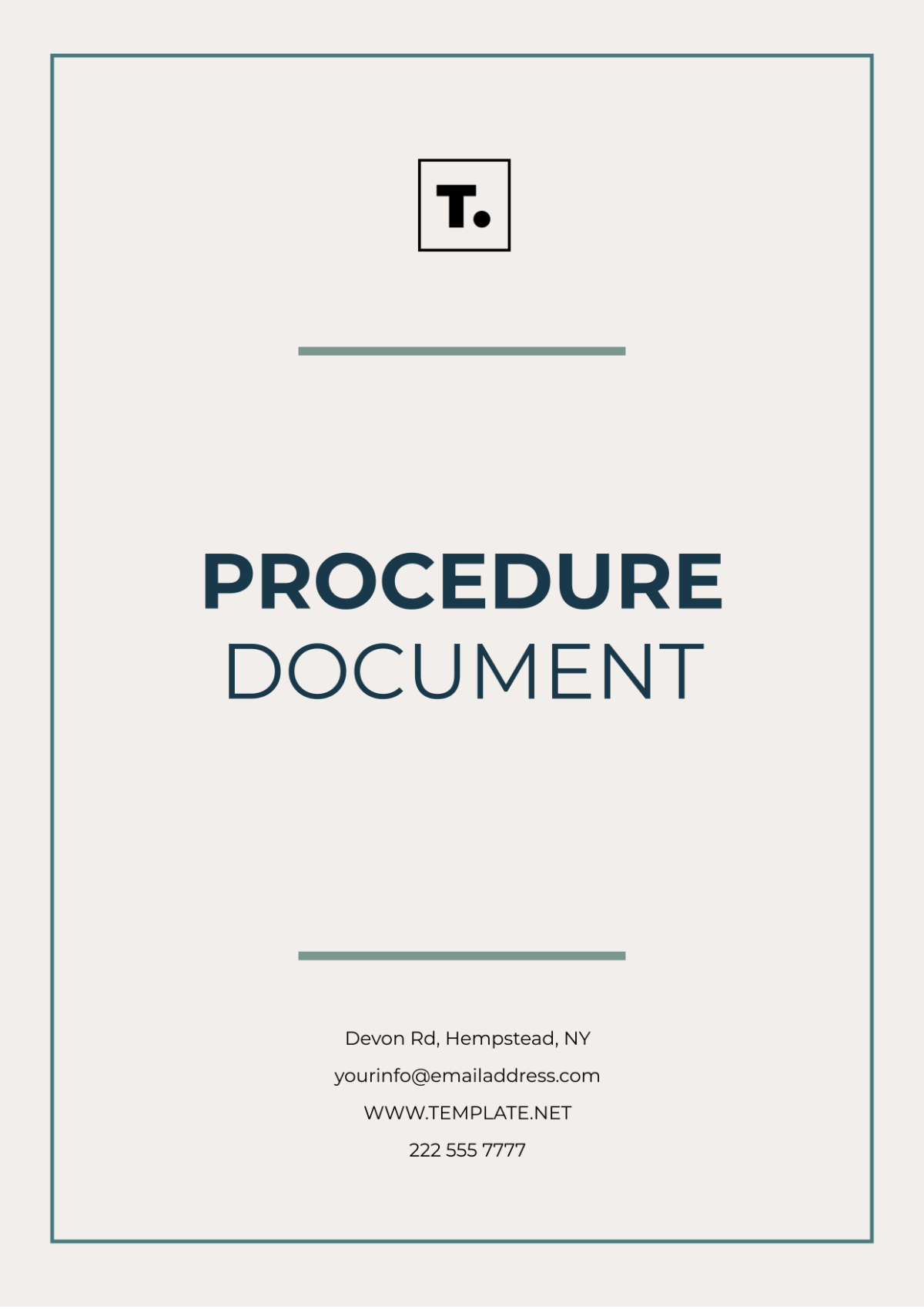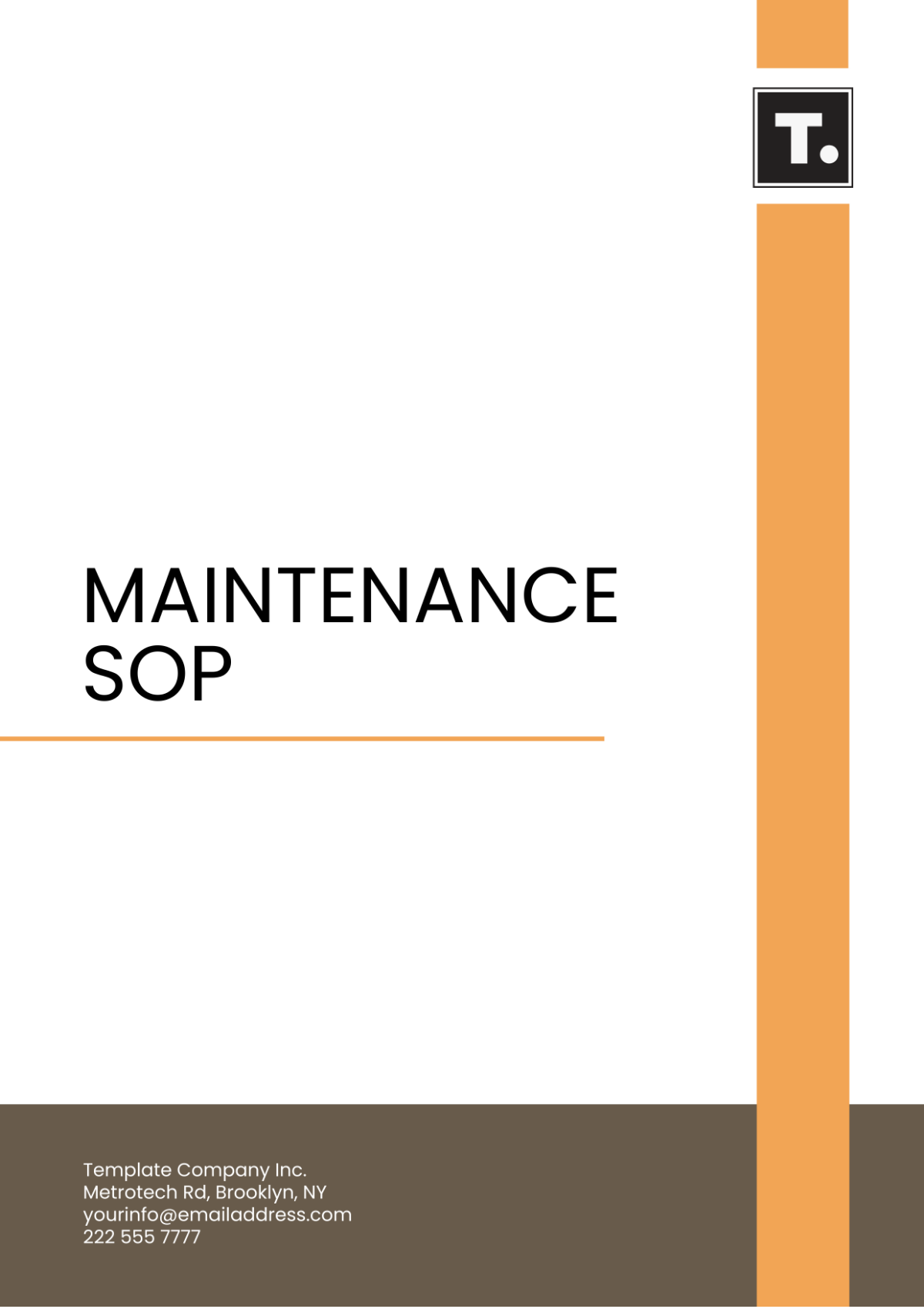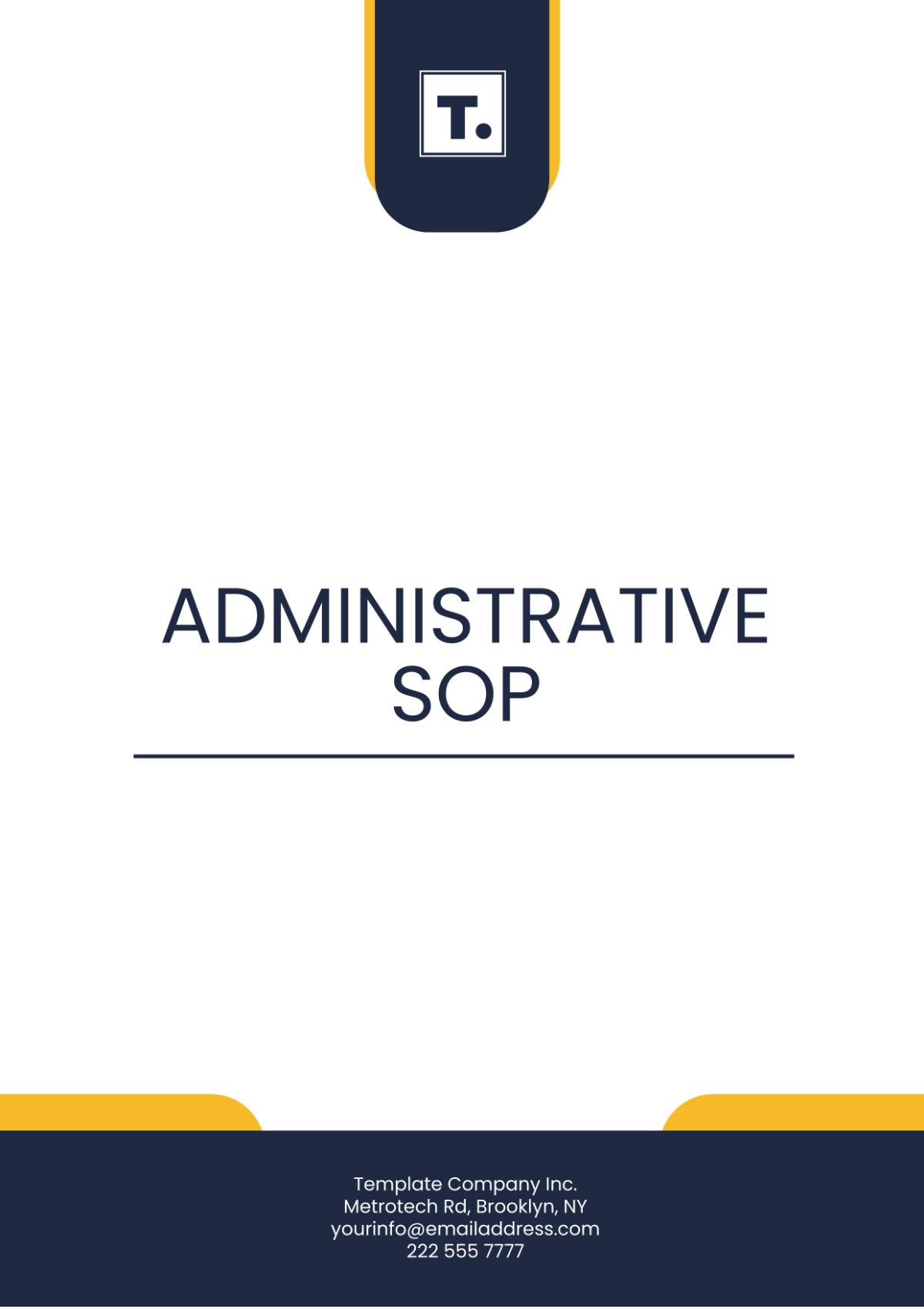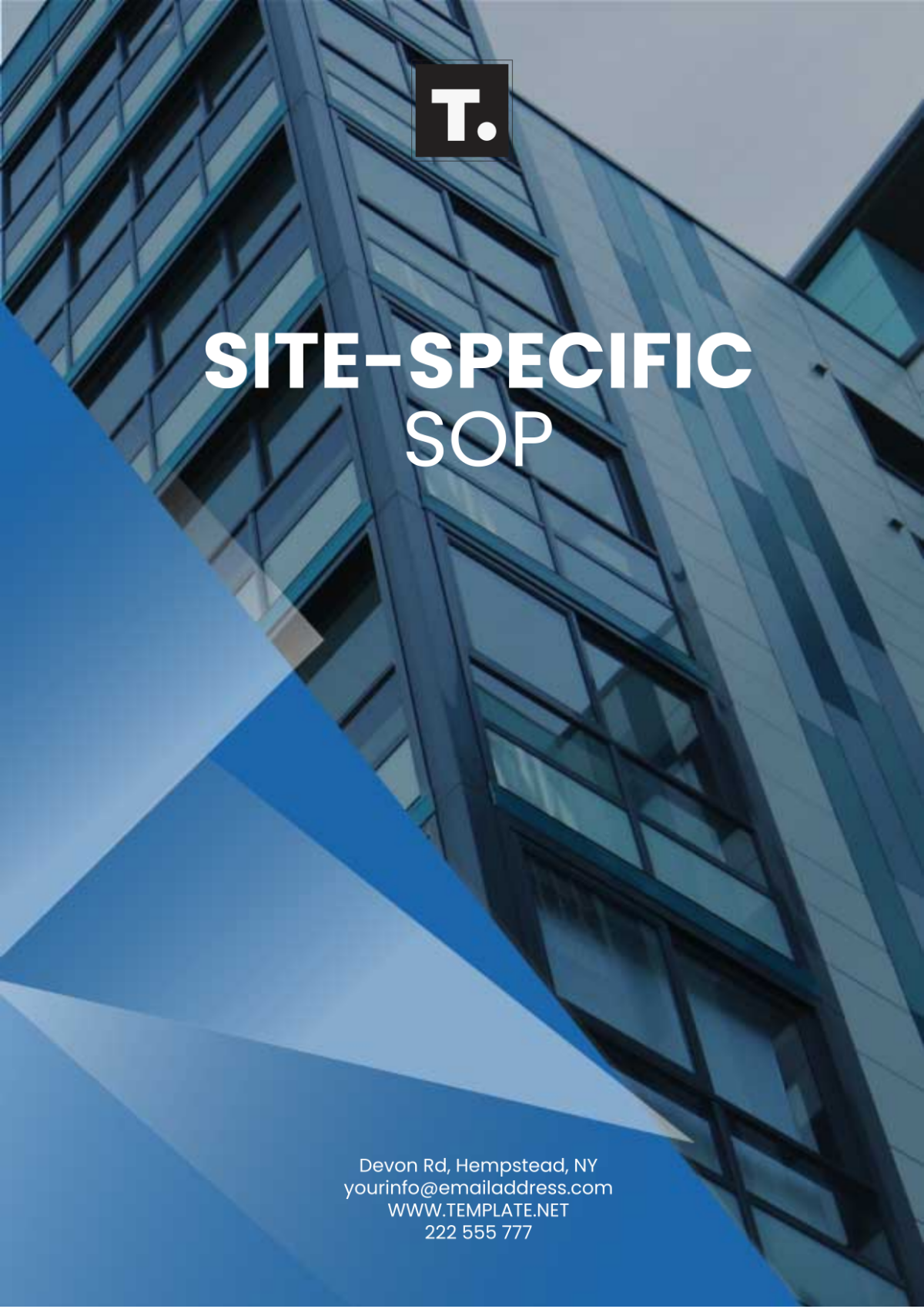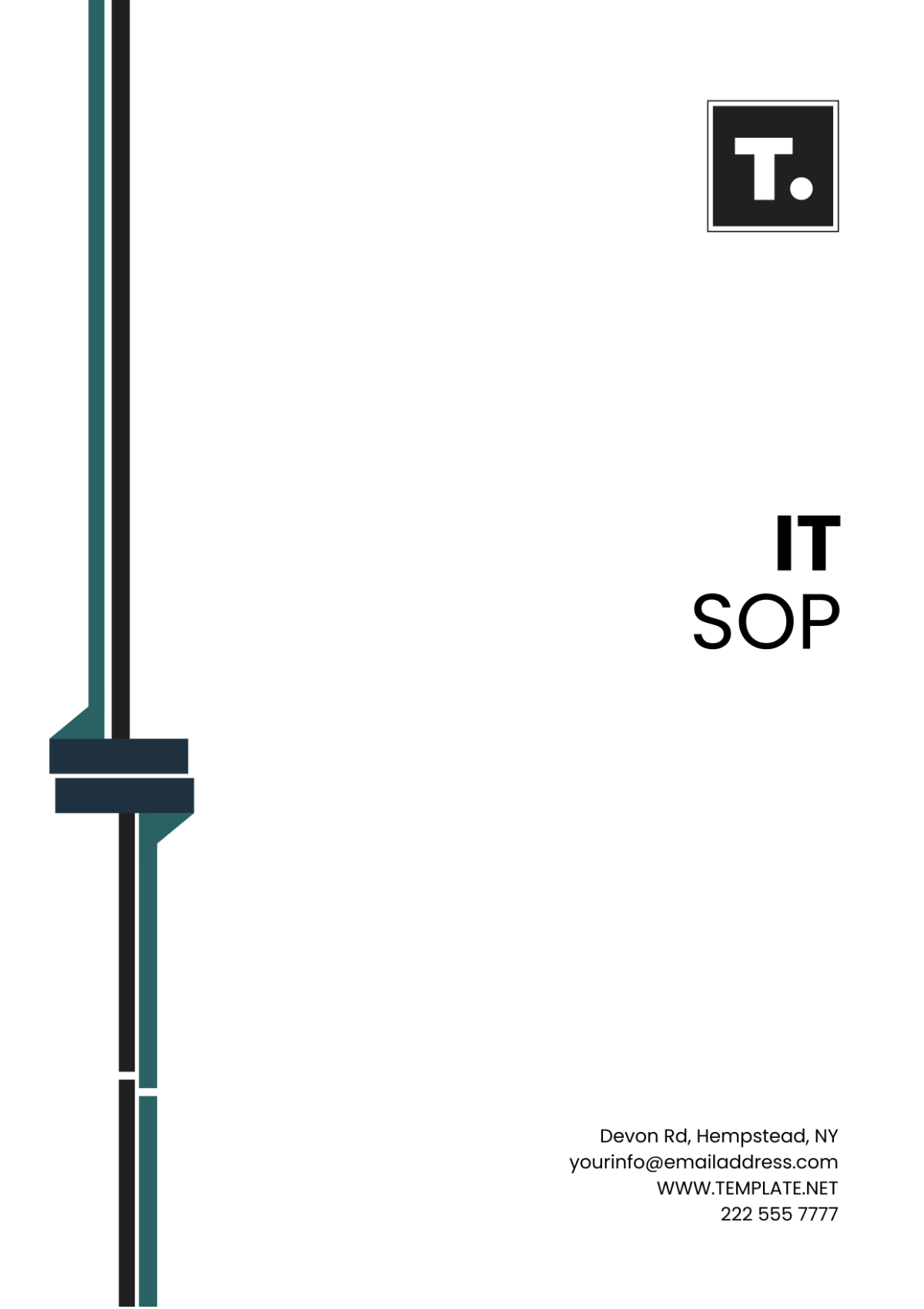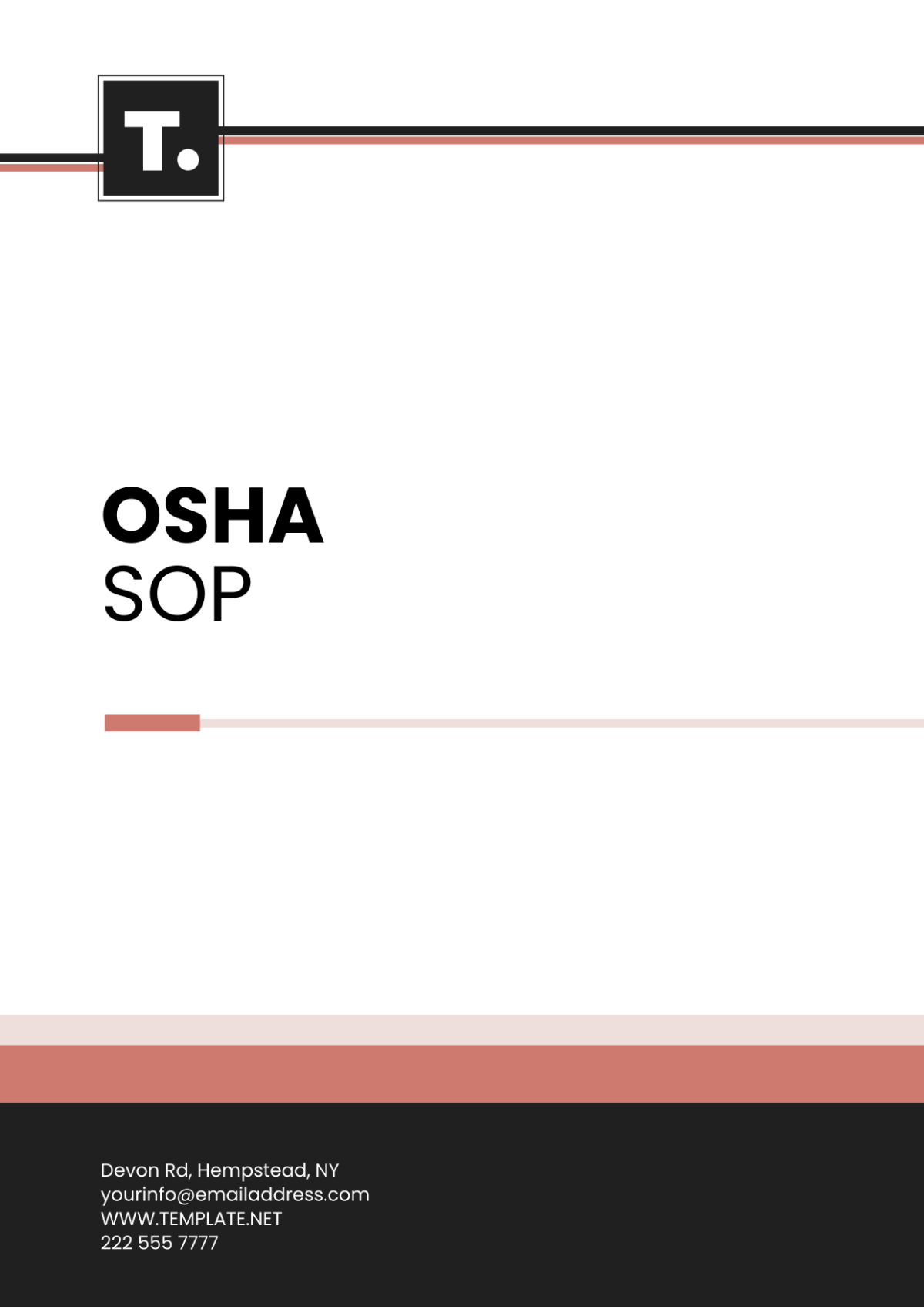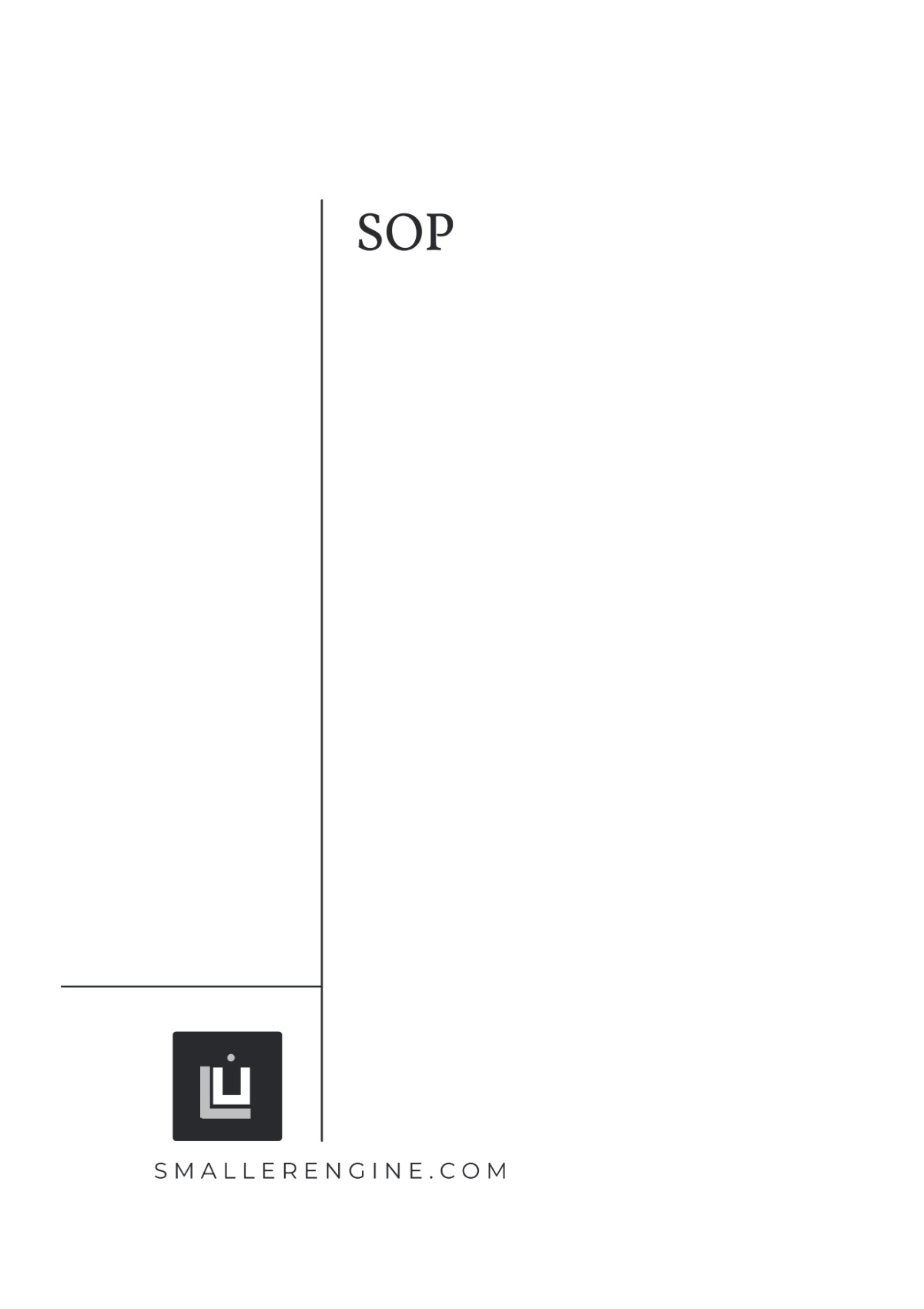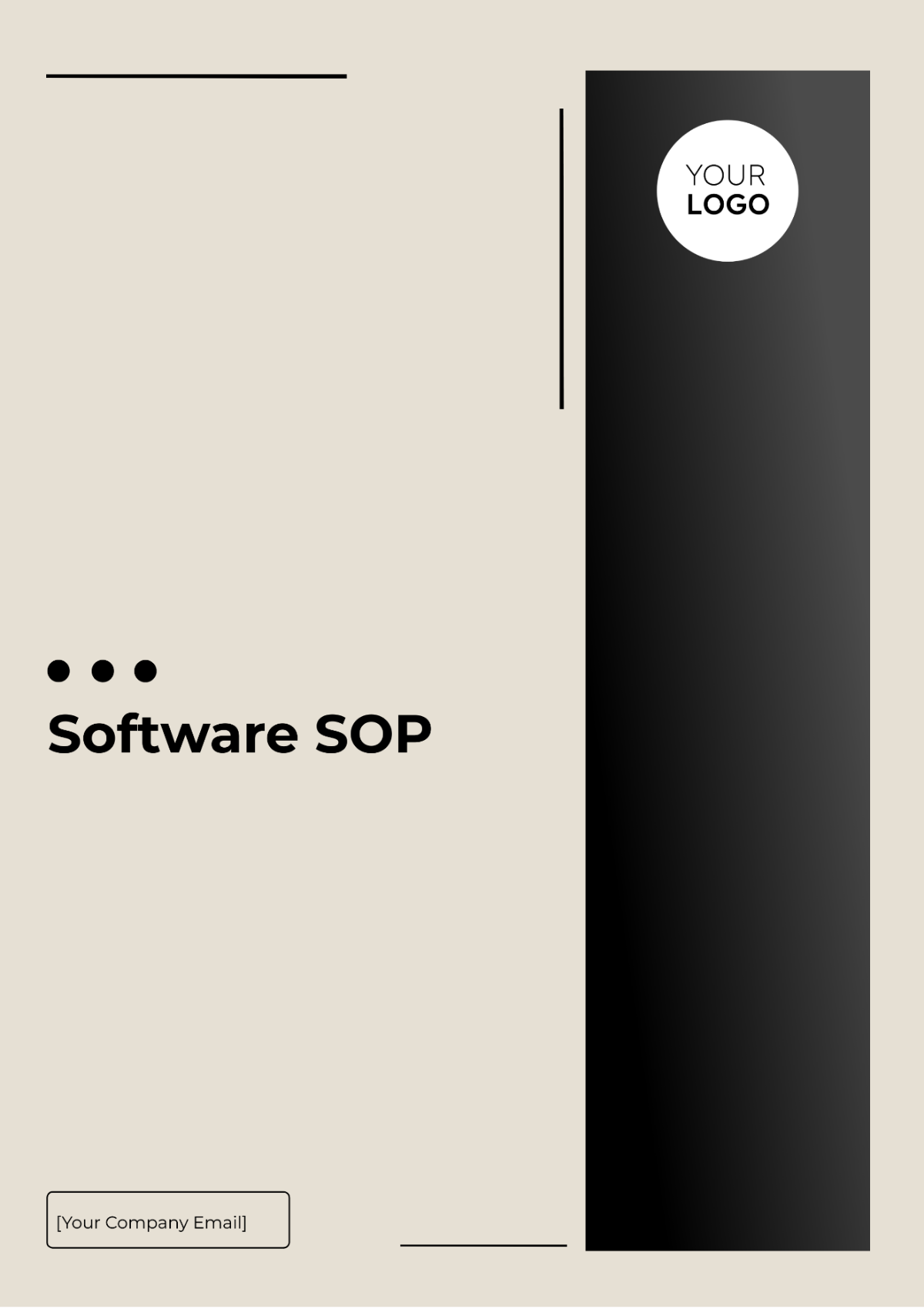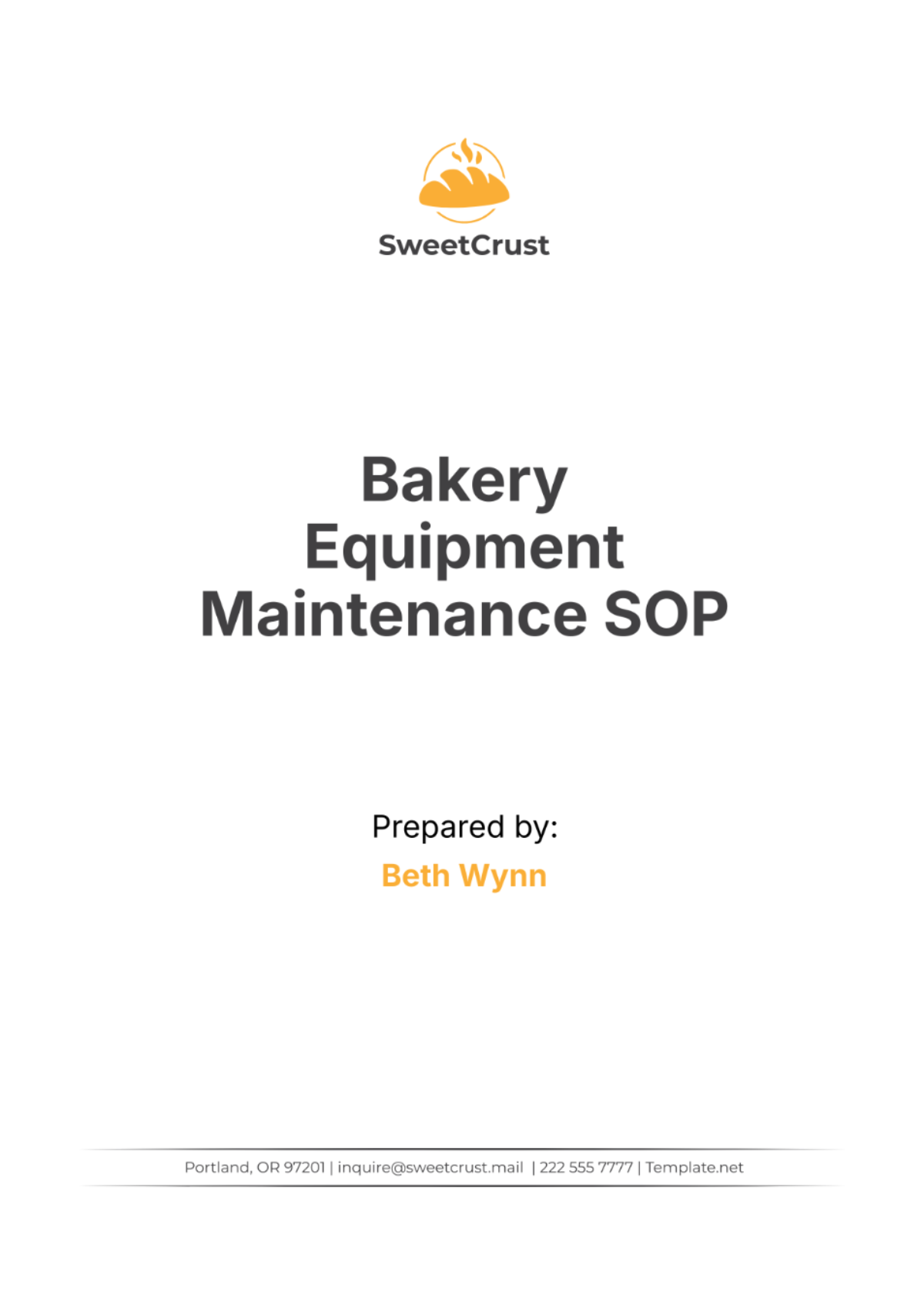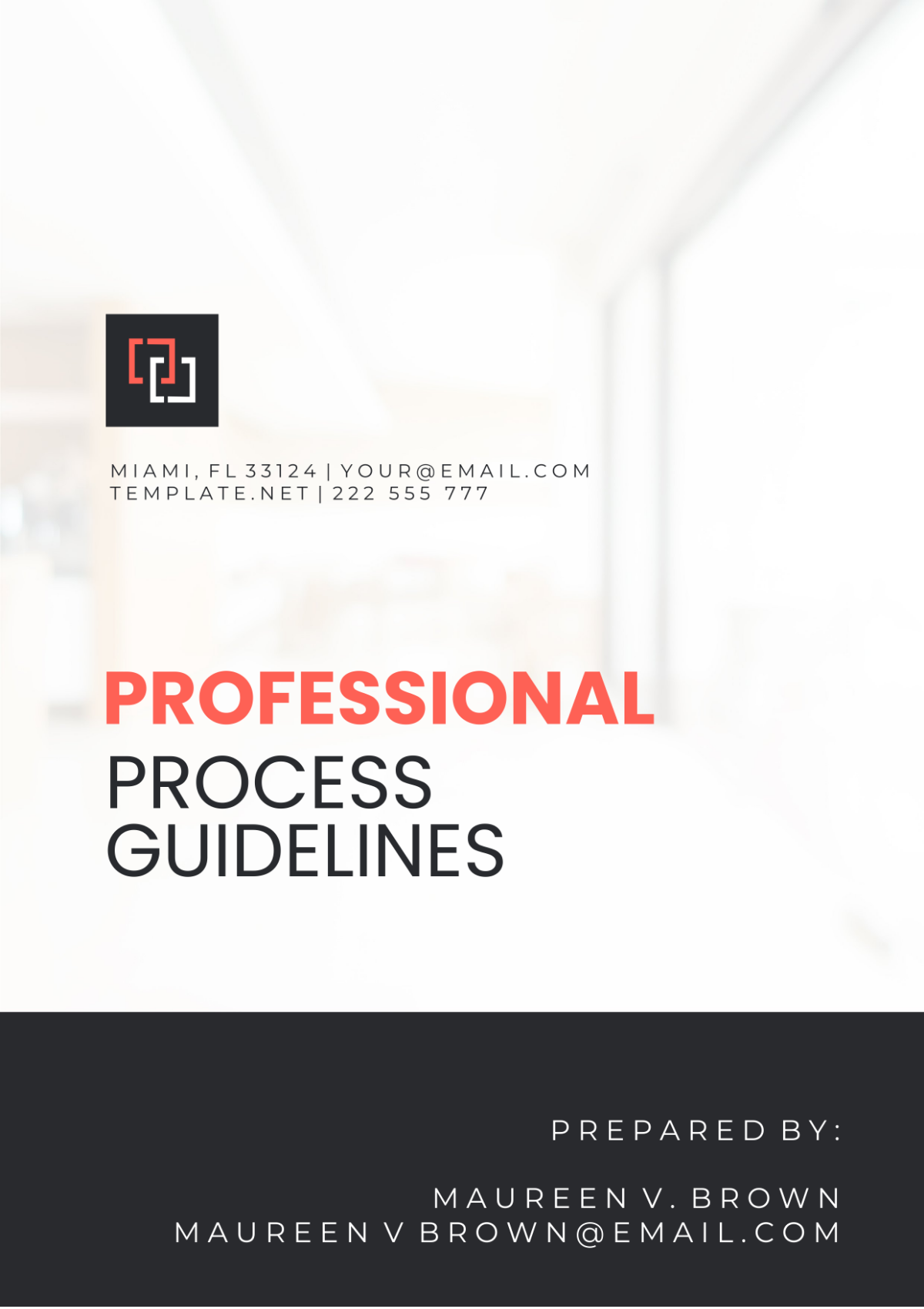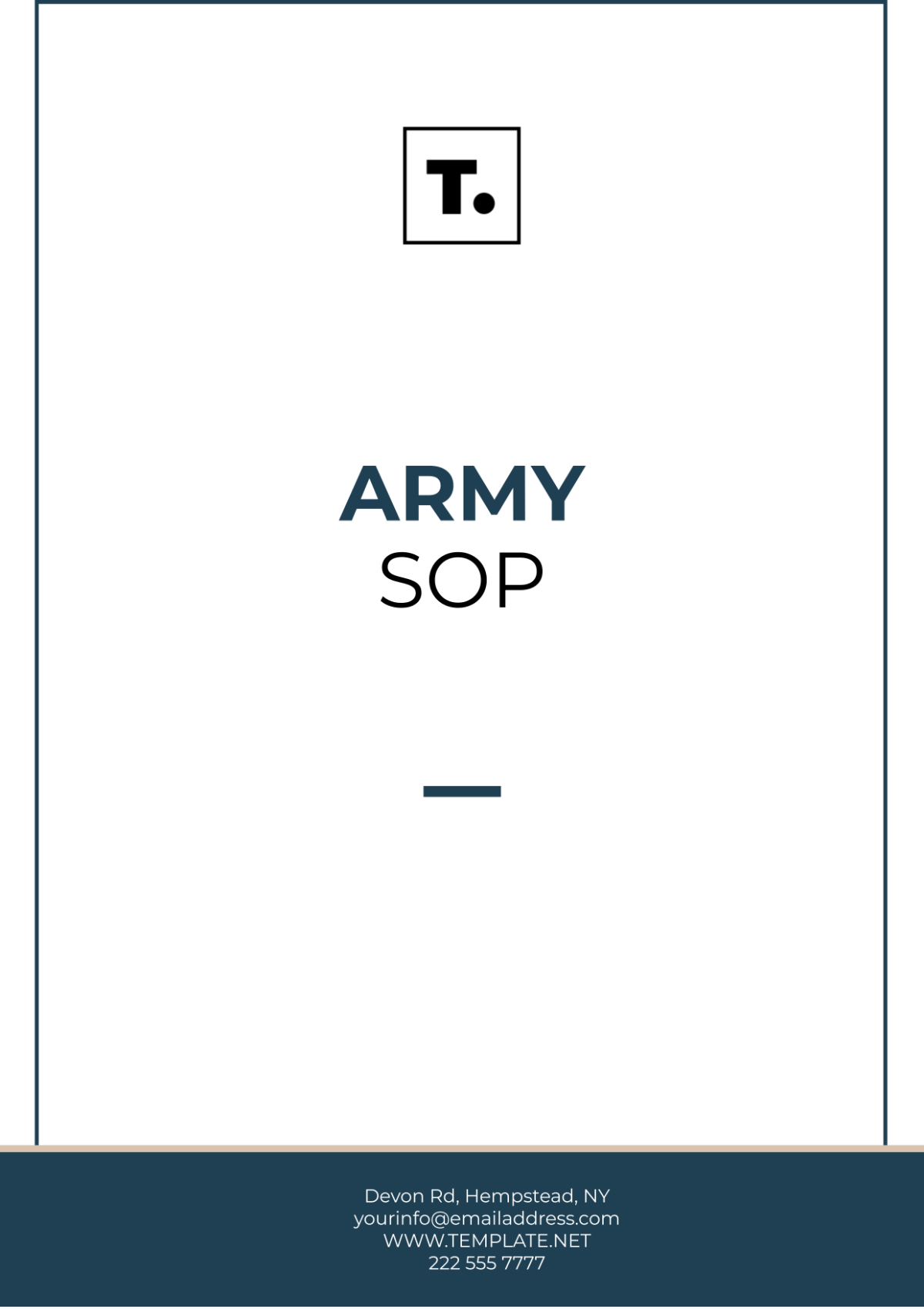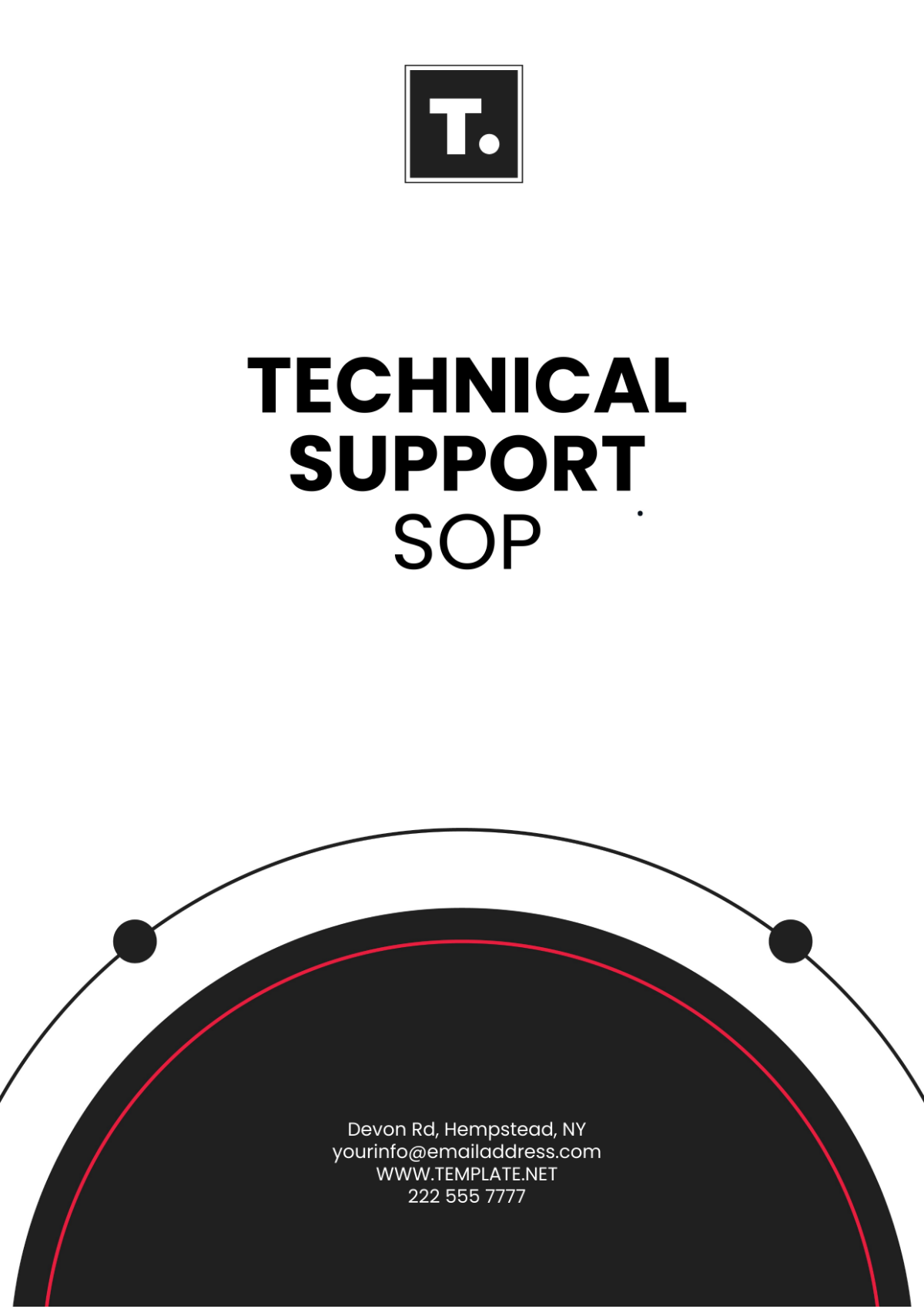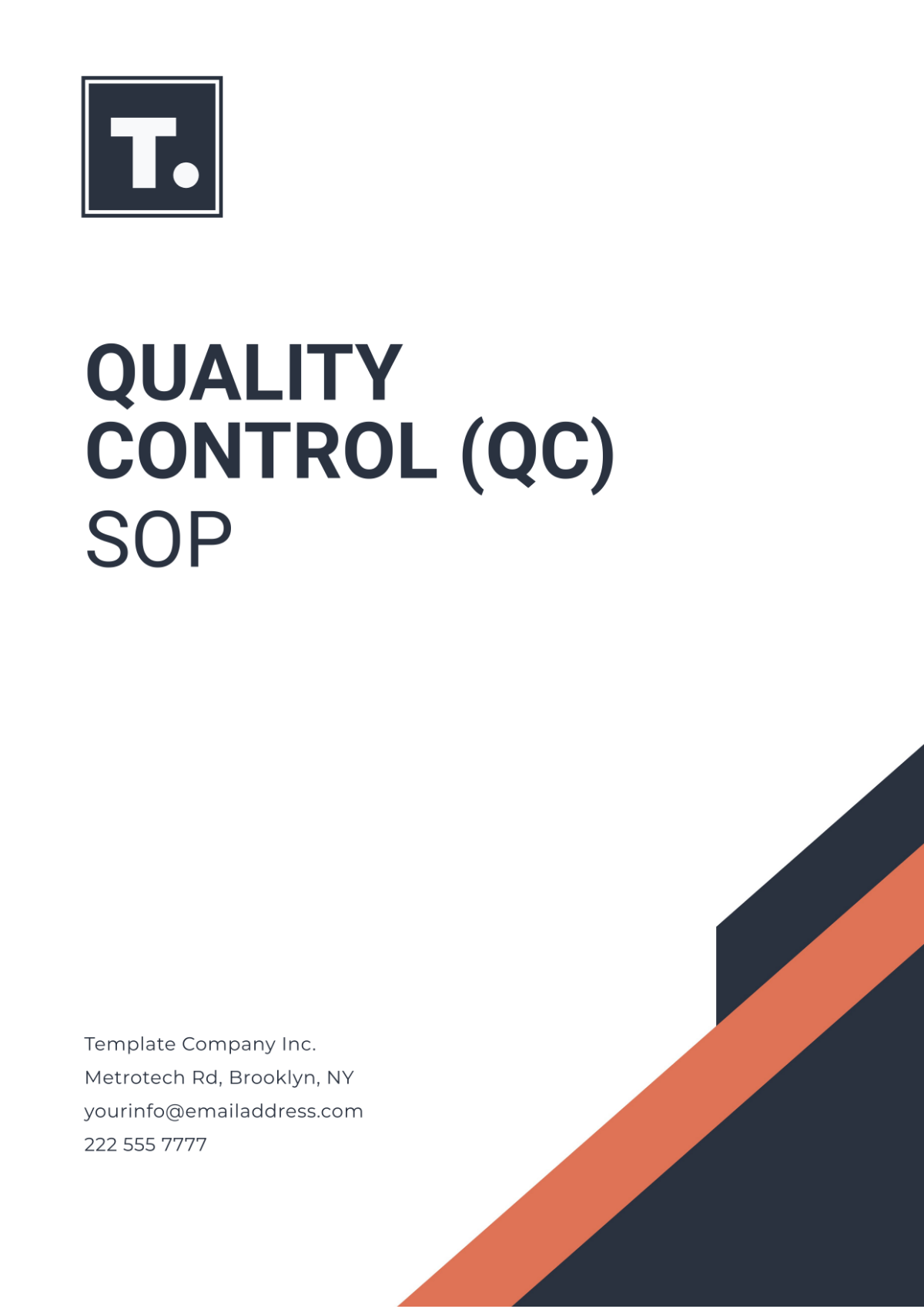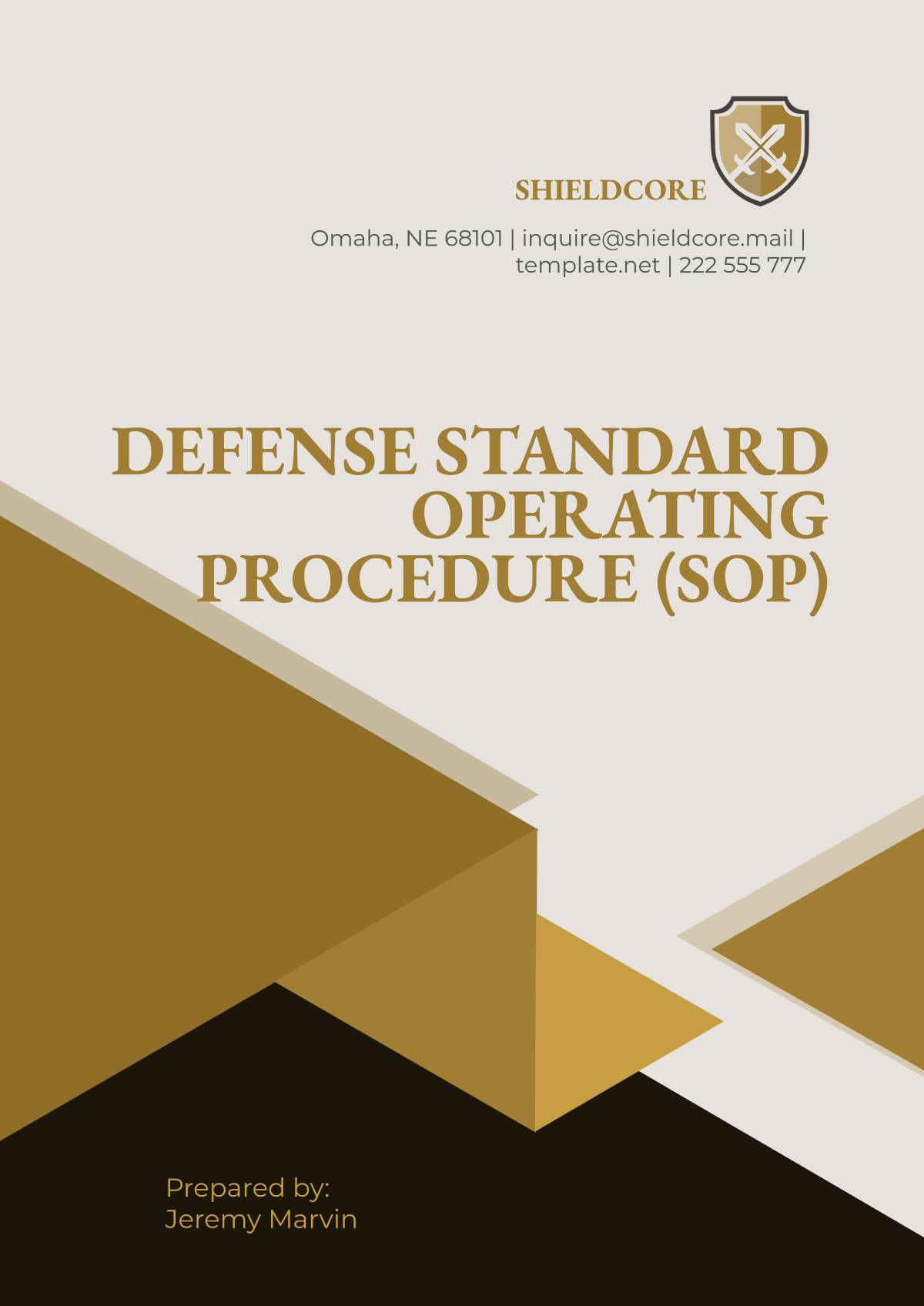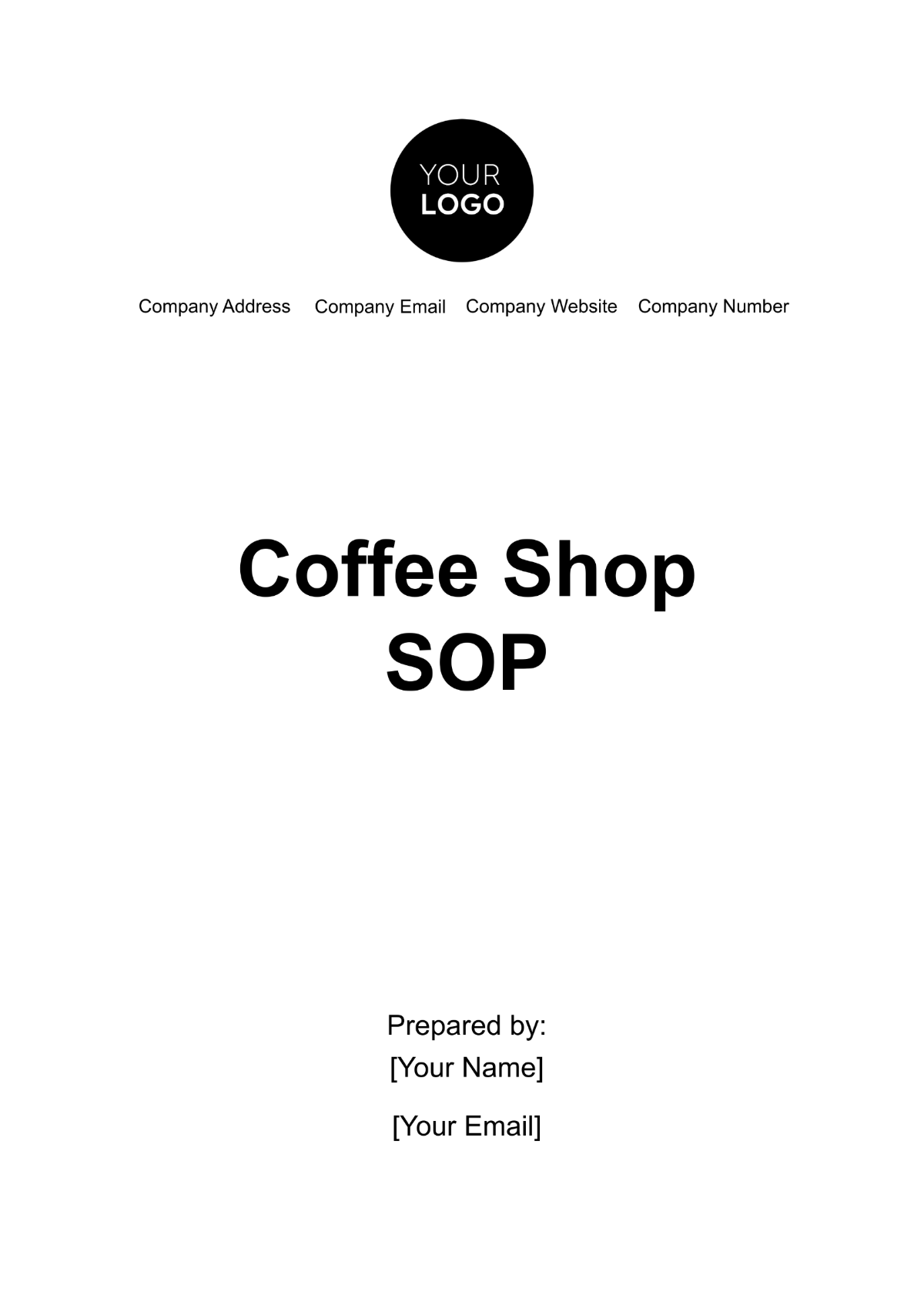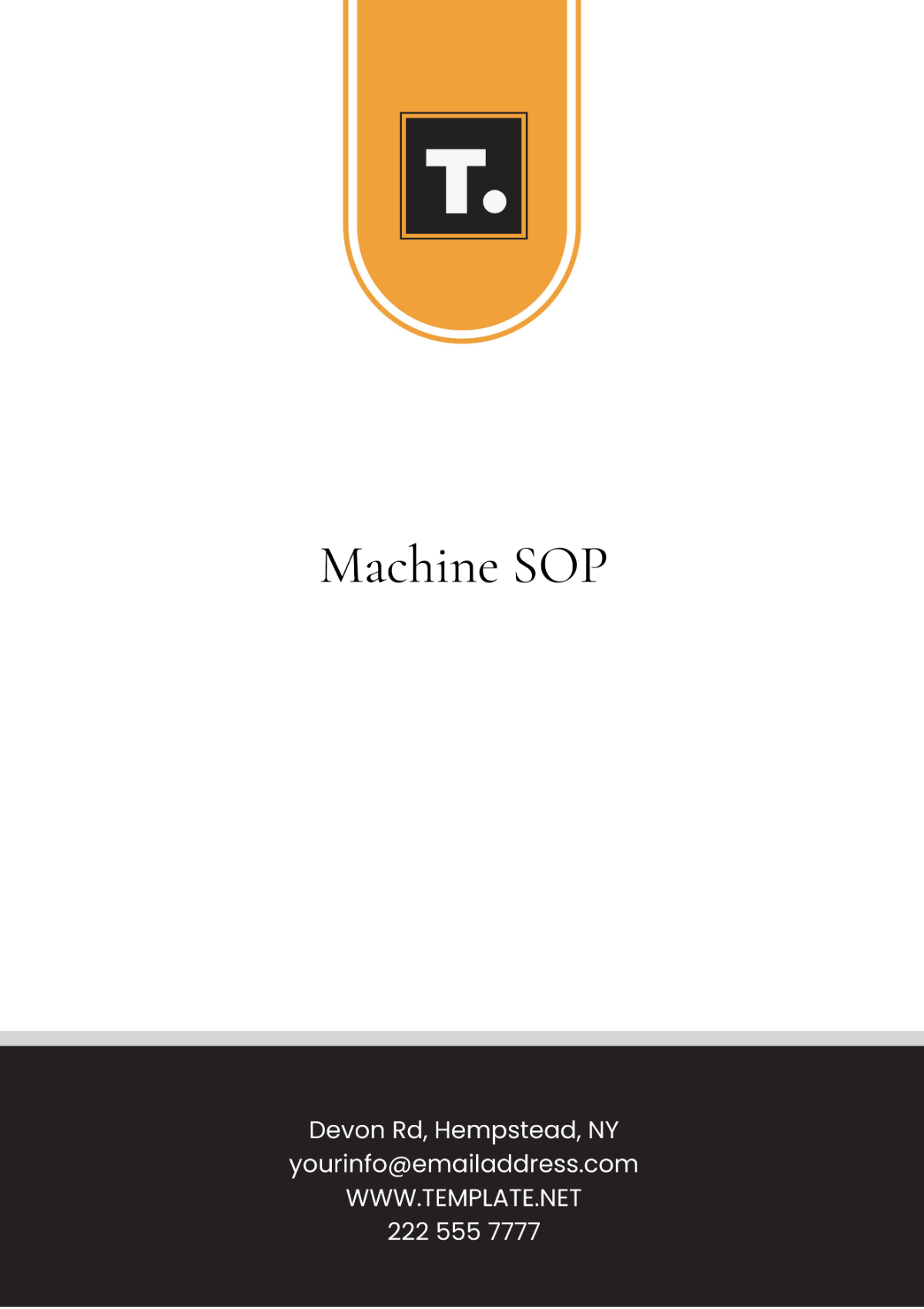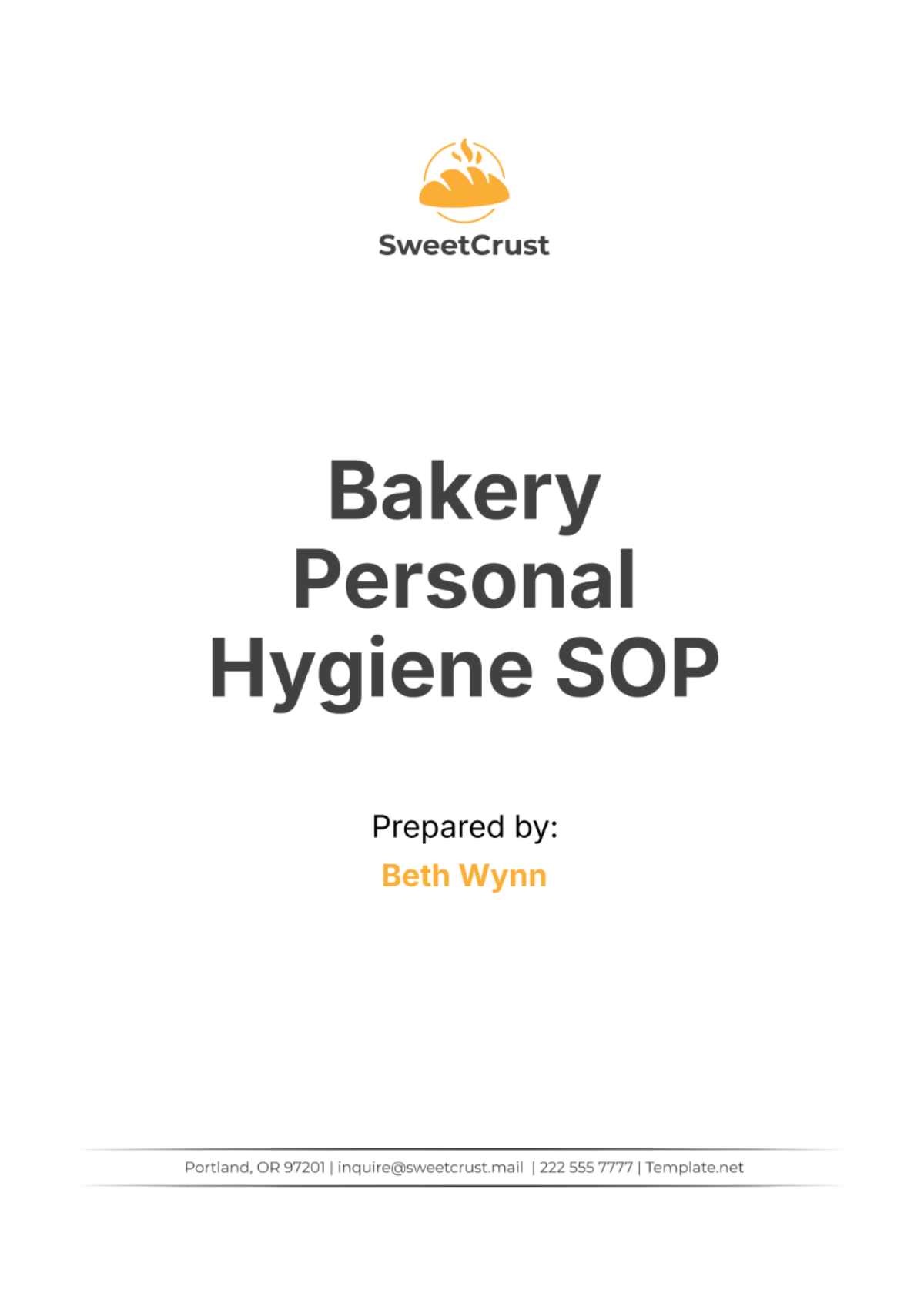Finance Payroll SOP
I. Introduction to the Payroll System
Overview of the Payroll System
[Your Company Name] operates a comprehensive payroll system designed to manage the compensation of our diverse workforce efficiently and accurately. This Standard Operating Procedure (SOP) covers a broad spectrum of activities including the classification of employees, meticulous handling of timesheets, precise calculation of wages and deductions, and up-to-date compliance with tax laws. The system is integral to our operations, ensuring that each aspect of the payroll process, from the initial employee setup to the final payment disbursement and reporting, is conducted seamlessly, reflecting our commitment to operational excellence.
Objectives of the Payroll SOP
The primary aim of this SOP is to streamline our payroll procedures, ensuring they are efficient, transparent, and error-free. By standardizing these processes, we aim to uphold our commitment to timely and accurate employee compensation. This includes staying compliant with all relevant legal and regulatory requirements, thereby safeguarding the company from potential legal liabilities. This SOP is instrumental in guiding the payroll team through each step of the process, ensuring that every employee receives their due compensation in a timely and correct manner, thereby maintaining employee satisfaction and trust in the company.
Scope and Applicability
This SOP is applicable across all departments of [Your Company Name], ensuring a consistent and uniform approach to payroll management throughout the organization. It serves as a reference guide for all personnel involved in the payroll process, from the human resources staff responsible for employee data entry to the finance team overseeing the final disbursement of salaries. The procedures outlined in this document are to be followed rigorously to ensure a cohesive and compliant approach to payroll processing, reflecting the company's commitment to operational uniformity and legal compliance in all its financial dealings.
II. Employee Classification and Payroll Setup
This section delves into the specifics of employee classification and payroll setup at [Your Company Name], detailing the categories of employment and the corresponding payroll protocols, along with the process of setting up payroll files and documentation requirements for new hires.
A. Classification of Employees
Employees are categorized into Full-Time, Part-Time, and Contractor categories. Each category has specific payroll protocols regarding wage calculations and benefits.
Employee Category | Payroll Protocols | Wage Calculations | Benefits |
Full-Time | Standard payroll cycle; typically bi-weekly | Salary based; annual salary divided by pay periods | Full benefits package including health, dental, retirement plans |
Part-Time | Payroll processed in standard cycle | Hourly wage-based; hours worked x hourly rate | Prorated benefits based on hours worked |
Contractor | Processed per contract terms, usually monthly | Fixed fee or hourly rate as per contract | Typically no benefits; subject to contract terms |
B. Setting up Employee Payroll Files
Each employee's payroll file is set up with necessary documentation including tax forms, identification, and employment agreements.
File Component | Description | Sample Documentation |
Personal Information | Employee's basic details | Name, address, contact information |
Tax Documentation | Required tax forms | W-4 for employees, W-9 for contractors |
Identification | Proof of identity and employment eligibility | Driver’s license, Social Security card, I-9 form |
Employment Contract | Details of employment terms | Job title, salary/hourly rate, contract terms |
Benefits Enrollment | Benefits selection if applicable | Health insurance, 401(k) plan selections |
C. Documentation Requirements for New Hires
New hires must submit required documents, such as W-4 and I-9 forms, within their first week of employment for payroll processing.
Required Document | Purpose | Example |
W-4 Form | To determine federal tax withholding | To be filled out by the employee upon hiring |
I-9 Form | Employment eligibility verification | Includes ID and employment authorization |
Direct Deposit Form | For setting up payroll direct deposit | Employee provides bank account details |
Employment Agreement | Details of employment terms and conditions | Outlines job role, salary, and other terms |
Benefits Forms | Enrollment in company benefits programs | Selections for health insurance, retirement plans, etc. |
III. Payroll Processing Cycle
This section of the SOP focuses on the payroll processing cycle at [Your Company Name], covering the management of timekeeping and timesheets, calculation of wages and overtime, and the application of deductions and benefits. This systematic approach ensures accuracy and compliance in payroll processing.
A. Timekeeping and Timesheet Management
Employees are required to record their working hours accurately. Timesheets are to be submitted bi-weekly for processing.
Employee Category | Timekeeping Method | Sample Timekeeping Record |
Full-Time | Electronic time-tracking | [Employee Name], 80 hours logged in a bi-weekly period. |
Part-Time | Manual timesheet submission | [Employee Name], 25 hours logged in a bi-weekly period. |
Contractor | Project-based tracking | [Contractor Name], 40 hours logged for [Project Name] in a month. |
B. Calculation of Wages, Salaries, and Overtime
Wages are calculated based on recorded hours. Overtime rates are applied as per FLSA guidelines.
Employee Category | Calculation Basis | Sample Calculation |
Full-Time | Annual salary prorated bi-weekly | $60,000/year salary, $2,307.69 per bi-weekly pay period. |
Part-Time | Hourly wage | $20/hour, 25 hours worked, $500 total pay for the period. |
Contractor | Contract terms | Contract rate of $3,000/month for agreed services. |
Overtime (Full-Time/Part-Time) | Time-and-a-half for hours over 40/week | Full-time employee working 45 hours, 5 hours at $30/hour (1.5x regular $20/hour rate). |
C. Deductions, Benefits, and Withholdings
Deductions for taxes, benefits, and other withholdings are calculated in accordance with state and federal laws.
Deduction/ Withholding | Description | Sample Calculation |
Federal Tax | Withheld as per IRS guidelines | Full-Time employee at 22% tax bracket, $507.69 withheld bi-weekly. |
State Tax | Varies by state | For states with 5% tax rate, $115.38 withheld bi-weekly for Full-Time employees. |
Social Security | 6.2% on wages up to $142,800 | $142.76 withheld from a bi-weekly salary of $2,307.69. |
Medicare | 1.45% on all wages | $33.41 withheld from a bi-weekly salary of $2,307.69. |
Health Insurance | Employee-selected plan | Premium of $150 bi-weekly for Full-Time employee’s health plan. |
401(k) Contribution | Employee-elected percentage | 5% contribution, $115.38 bi-weekly from Full-Time employee's salary. |
IV. Compliance and Reporting
In this vital section, we focus on [Your Company Name]'s adherence to tax laws and labor regulations, the rigor of our payroll auditing and record-keeping, and the thoroughness in the generation and distribution of payroll reports. These practices are pivotal in maintaining legal compliance and providing transparent financial oversight.
A. Adherence to Tax Laws and Labor Regulations
At [Your Company Name], our payroll team is deeply committed to complying with all relevant tax laws and labor regulations. This commitment involves regular participation in training and workshops to stay abreast of the latest tax legislation and labor standards. We meticulously apply these updates to our payroll processes, ensuring our practices are always in line with current IRS guidelines, state tax laws, and labor regulations like the Fair Labor Standards Act (FLSA). This proactive approach not only keeps us compliant but also safeguards the company and its employees from potential legal complications, reinforcing our reputation as a responsible employer.
B. Payroll Auditing and Record-Keeping
To ensure the integrity and accuracy of our payroll system, regular internal audits are conducted. These audits scrutinize every aspect of the payroll process, from initial data entry to the final payment disbursement. Additionally, we maintain comprehensive and organized payroll records in compliance with legal requirements. These records include timesheets, wage calculations, tax withholdings, and benefits information, and are preserved for the legally mandated period. This meticulous record-keeping facilitates smooth audits, supports financial analysis, and serves as a reliable reference for any inquiries or verifications, reflecting our commitment to precision and accountability in financial management.
C. Generation and Distribution of Payroll Reports
Monthly payroll reports are a crucial tool for financial oversight at [Your Company Name]. These reports, generated with precision and clarity, offer a detailed overview of all payroll activities, including total wages paid, tax withholdings, and benefits disbursements. They are meticulously reviewed and then distributed to management and relevant departments, providing critical insights into labor costs and financial allocations. This regular dissemination of payroll information supports strategic decision-making and financial planning, ensuring that management is always informed and equipped to make decisions that impact the company's financial health and employee welfare.
V. Payroll System Security and Data Management
At [Your Company Name], safeguarding the confidentiality and integrity of our payroll data is a top priority. This section highlights our robust data security measures, stringent access controls, and comprehensive backup and recovery procedures, ensuring the utmost protection of sensitive payroll information.
A. Data Security Measures and Confidentiality
Our payroll system is fortified with state-of-the-art security measures to protect against unauthorized access and data breaches. We employ advanced encryption techniques, firewalls, and anti-virus software to secure our payroll data. Regular cybersecurity training sessions for our payroll staff emphasize the importance of data confidentiality and educate them on the latest security protocols. These measures ensure that sensitive information, such as employee personal details and financial data, is kept confidential and secure, mitigating the risk of data theft or leakage.
B. Access Controls and Authorizations
Access to our payroll system is meticulously controlled and monitored. We have implemented a tiered access structure, where authorization levels are assigned based on job roles and responsibilities. Employees are granted access only to the specific parts of the payroll system necessary for their role. All-access is logged and audited regularly to prevent and detect any unauthorized attempts to access the payroll data. This rigorous access control system ensures that payroll information is accessed only by authorized personnel, maintaining the integrity and confidentiality of our payroll records.
C. Backup and Recovery Procedures
To safeguard against data loss due to system failures, natural disasters, or other emergencies, we conduct regular backups of all payroll data. These backups are stored in secure, off-site locations and are encrypted to ensure data security. Additionally, we have a comprehensive disaster recovery plan in place. This plan outlines the procedures to be followed in the event of a data loss, ensuring a quick and efficient restoration of payroll data with minimal disruption to our operations. This proactive approach to data management ensures that our payroll system can quickly recover from unforeseen events, maintaining continuous operation and data integrity.

